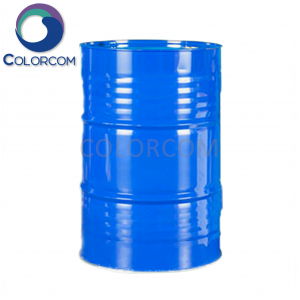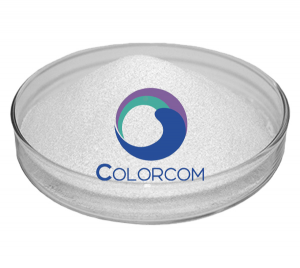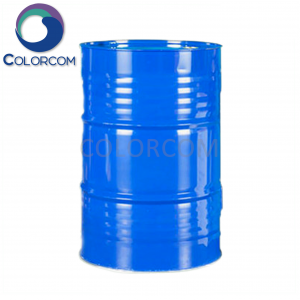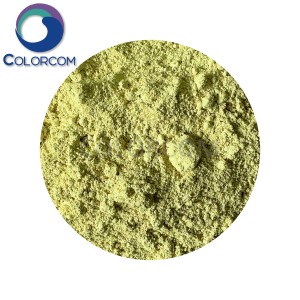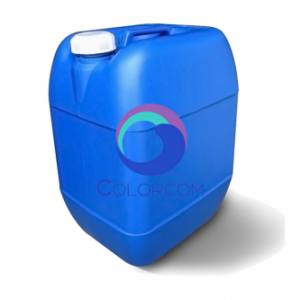n-Propyl acetate | 109-60-4
Product Physical Data:
| Product Name |
n-Propyl acetate |
| Properties |
Colorless clarified liquid with aromatic odor |
| Melting Point(°C) |
-92.5 |
| Boiling Point(°C) |
101.6 |
| Relative density (Water=1) |
0.88 |
| Relative vapour density (air=1) |
3.52 |
| Saturated vapour pressure (kPa)(25°C) |
3.3 |
| Heat of combustion (kJ/mol) |
-2890.5 |
| Critical temperature (°C) |
276.2 |
| Critical pressure (MPa) |
3.33 |
| Octanol/water partition coefficient |
1.23-1.24 |
| Flash point (°C) |
13 |
| Ignition temperature (°C) |
450 |
| Upper explosion limit (%) |
8.0 |
| Lower explosion limit (%) |
2 |
| Solubility | Slightly soluble in water, soluble in most organic solvents such as alcohols, ketones, esters, oils, etc.. |
Product Properties:
1.Gradually hydrolysed in the presence of water to produce acetic acid and propanol. The hydrolysis speed is 1/4 of that of ethyl acetate.When propyl acetate is heated to 450~470℃, in addition to generating propylene and acetic acid, there are acetaldehyde, propionaldehyde, methanol, ethanol, ethane, ethylene and water. In the presence of nickel catalyst, heated to 375 ~ 425 ℃, the generation of carbon monoxide, carbon dioxide, hydrogen, methane and ethane. Chlorine, bromine, hydrogen bromide and propyl acetate react at low temperatures. When reacted with chlorine under light, 85% of monochloropropyl acetate is produced within 2 hours. Of this, 2/3 are 2-chloro substituents and 1/3 are 3-chloro substituents. In the presence of aluminium trichloride, propyl acetate is heated with benzene to form propylbenzene, 4-propylacetophenone and isopropylbenzene.
2.Stability: Stable
3.Prohibited substances: Strong oxidants, acids, bases
4.Polymerisation hazard: Non-polymerisation
Product Application:
1.This product is a slow and fast drying agent for flexographic and gravure inks, especially for printing on olefin and polyamide films. It is also used as a solvent for nitrocellulose; chlorinated rubber and thermo-reactive phenolic plastics. Propyl acetate has a slight fruity aroma. When diluted, it has a pear-like aroma. Natural products exist in bananas; tomatoes; compound potatoes and so on. China's GB2760-86 regulations for the permitted use of edible spices. Mainly used in the preparation of pear and currant and other types of flavours, also used as a solvent for fruit-based fragrances. A large number of organic and inorganic substances used as a solvent for extraction, paint, nitro spray paint, varnish and various resins and solvents and the manufacture of spices.
2.Used in the manufacture of edible spices. Also used as nitrocellulose, chlorinated rubber and heat reactive phenolic plastic volume, as well as for paint, plastic, organic synthesis.
3.Used as flavouring agent, edible spice, nitrocellulose solvent and reagent, as well as used in the manufacture of lacquer, plastics, organic synthesis and so on.
Product Storage Notes:
1.Store in a cool, ventilated warehouse.
2.Keep away from fire and heat source.
3.The storage temperature should not exceed 37°C.
4.Keep the container sealed.
5.It should be stored separately from oxidising agents, alkalis and acids, and should never be mixed.
6.Use explosion-proof lighting and ventilation facilities.
7.Prohibit the use of mechanical equipment and tools that are easy to generate sparks.
8.The storage area should be equipped with leakage emergency treatment equipment and suitable shelter materials.



